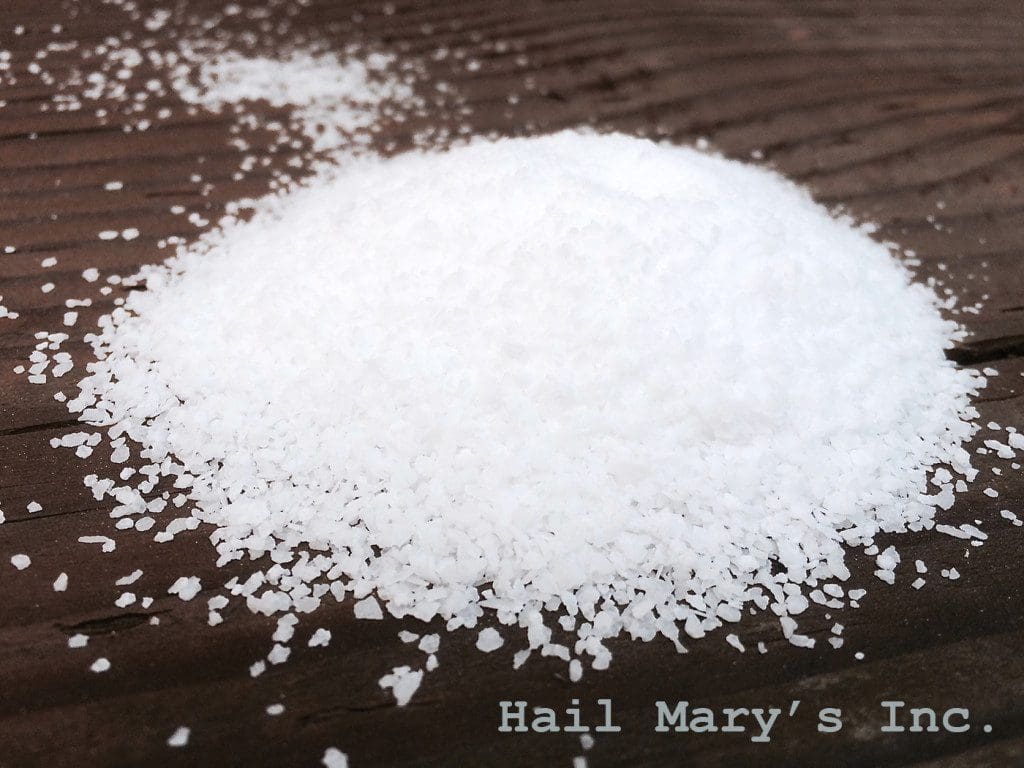Los Angeles, Ca, June 9th, 2015 – It’s happened to all of us, we’re reading a recipe, we feel pretty confidant, we get to the end and then it’s there, it’s always there – Salt tt or TT, also known as “to taste”. As you read it you get annoyed and it’s as if the wind and enthusiasm to cook is knocked out of you. Here is a little help to make you feel a little less defeated.
Why do recipes say “to taste”: Adding salt is objective and anyone writing a recipe knows this. We recipe writers know that people with health conditions may not want any salt, we know that smokers may want a ton of salt and that the rest of you fall somewhere between a lot and a little, thus we leave out an exact increment.
How to know if you added too little salt: When too little salt has been added the dish will taste flat and can be tasteless.
How to know if the right amount of salt has been added: When the perfect amount of salt has been added to your dish the food will be full of flavor. The dish will be at it’s best (I am sure this is why you might feel confused about adding salt).
How to know if too much salt has been added: When you have added too much salt to your food the dish will taste salty and will taste of salt.
How to teach yourself what is too much and too little salt in a dish: Use my salty test. It’s a great way to teach yourself how much salt to use in a dish. You can do it with everything you make, but it works best with sauces, pasta dishes and soups.
- First take a small bowl and add enough (about 6-8 small bites worth) of whatever you are cooking to a bowl.
- Fill up a glass of room temperature water.
- Taste the original dish you made.
- Next take a sip of water.
- Then add a little bit of salt and mix it well.
- Taste it again.
- Take a sip of water.
- Then add a little more salt and mix it well again.
- Then taste it again.
- Take a sip of water.
- Continue this process until you’ve added enough salt that your dish literally tastes salty.
- Observe the changes in the dish as you add more and more salt and make a mental flavor note of when you like the dish the best.
- Now go back to the original and try to replicate what your perfect amount is in the entirety of the dish.
Why do recipes say to season all the way through the cooking process: When you add salt at different stages, such as the beginning, middle and end, you’ll release different flavors from the item that you’re cooking. However, if you’re concerned with too much sodium in your diet, wait until the end to season your food with salt and do NOT use table salt.
What kinds of salt should be used: Many chefs prefer Kosher salt (including me) to cook with, including me. It’s also less salty than table salt when the two are equal in quantity. This is due to the size of the crystals. Kosher salt is bigger; therefore it takes fewer grains to fill up the allotted measuring device, which makes it less salty.
What is the difference between table, sea salt and Kosher salt:
- Kosher Salt: Kosher salt is made up of large grains and, like all salts, is a combination of sodium and chloride. The benefit of the larger crystal is that it coats more evenly than table salt, and when you season meat with it, it creates a delicious outer layer of flavor. It’s also less salty than table salt when the two are equal in quantity. This is due to the size of the crystals. Kosher salt is bigger; therefore it takes fewer grains to fill up the allotted measuring device, which makes it less salty. This salt is also used to make meats “kosher” because it helps extract juices from meats, which is part of the koshering process hence the name kosher salt.
- Table Salt: As well as sodium and chloride, table salt also contains iodine and it’s a much smaller granule. It’s best used at the table where guests may add salt to their food if needed. Table salt is so fine that it’s difficult to detect on raw meat as you’re salting it. Typically, people over salt their foods when they use table salt because they can’t see what they’re doing. Both table salt and kosher salt are considered rock salts that are retrieved from mines.
- Sea Salt: Sea salt is flakier salt, it crunches and then melts on your tongue quickly. It’s a great finishing salt for salads, cooked proteins and even sweets. Sea salt is derived from the sea marshes of both the inland waters and lakes. It’s made by containing seawater and allowing it to evaporate over time. What’s left behind is the sea salt and, because it comes from different regions with different types of minerals, it turns the salt into a multitude of colors (pink, grey, black, red, etc.).
One last tip: Remember you don’t want the food to taste like salt. You want to enhance the flavor of the food that lies within and not dominate it with a salty flavor. Keep a saltbox filled with kosher salt next to your stove to easily add it to any dish.
What salt do you cook with?
